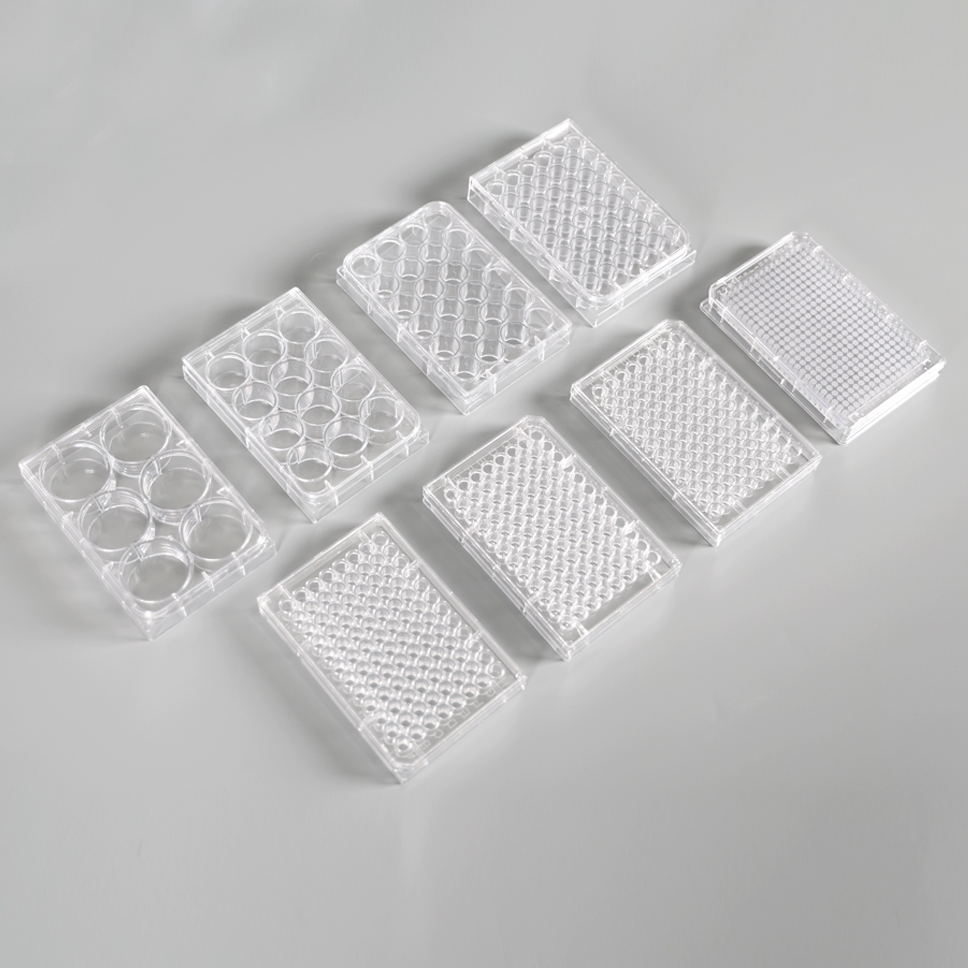The rise of ceramic tool materials and analysis of its market development prospects (2)
Similar to si3N4, SiMon ceramics also have two crystal structures, a-SiMon is equiaxed crystal with high hardness and wear resistance, and B-SiMon is relatively good for columnar crystal fracture toughness and thermal conductivity (a+B). A SiMon multiphase ceramic tool combines the advantages of two phases, and has better cutting performance. Its wear resistance is superior to single-phase ceramic tool under heavy load conditions. There are currently two methods for preparing self-toughening d-SiMon ceramics: The thermodynamic characteristics of the nuclear process, in-situ growth of columnar-Sialon grains in the sintered body to obtain white toughened Sialon ceramics; 2 using a combustion synthesis process to prepare single-phase columnar-Sialon powder, which is prepared by adding the powder to the raw materials in an appropriate ratio. White toughened - Sialon ceramics. In order to lower the sintering temperature, various sintering aids are generally added. The more commonly used sintering aids are: oxides such as Y2O3 and various rare earth elements, and generally two or more kinds of sintering aids are used at the same time.
Sialon ceramic cutters are suitable for high-speed cutting, strong cutting, and interrupted cutting; not only for dry cutting, but also for wet cutting. Sialon ceramics can be successfully used in the processing of cast iron, nickel-based alloys, titanium-based alloys and silicon-aluminum alloys. The ideal tool material for high speed machining of cast iron and nickel based alloys. Due to its high chemical affinity with steel, Sialon ceramic tools are not suitable for processing steel.
1.4 Si3N4 whisker toughened ceramic tool
The whisker toughening ceramic is formed by adding a certain amount of carbide whiskers to the Si3N 4 matrix, thereby improving the fracture toughness of the ceramic tool. For example, the FD03 blade produced by Beijing Fangda High-tech Ceramics Co., Ltd. and the SW21 grade produced by Hunan Changsha Engineering Ceramics Co., Ltd. belong to this category. The FD03 insert is made of hard dispersing particles TiC in the Si3N4 ceramic matrix. The SW21 insert adds a certain amount of SiC whiskers to the si3N4, so it has better performance. Some foreign cutting experts believe that the effect of cutting steel with si N4 based ceramics is not as good as that of Al2 O3 based composite ceramics, so it is not recommended to use steel for processing. However, FD02, FD03 and SW21 have good results when cutting hardened steel (6068HRC), high manganese steel, high chromium steel and bearing steel.
2 cermet cutter
2.1 Ti (C.N) based cermet cutter
The cermet is also called cemented carbide or cemented carbide. It is a ceramic-metal composite with TiC as the main component. Its hardness and heat resistance are close to ceramics, and the flexural strength and fracture toughness are higher than that of ceramics. It is a hard phase, generally accounting for more than 80%; the rest are metal phases such as iron, cobalt and nickel. As a binder. Japan is particularly popular with cermets, and today it is in the field of metal cutting in Japan. Cermet blades have accounted for 30% of the total number of indexable inserts and are still being expanded to date. The United States only accounts for 5%, but some people have predicted that the US manufacturing industry can see a lot of prospects for the application of cermet.
The cermet has high hardness, low strength and low toughness, so it should not be used under strong impact and vibration. The thermal conductivity, heat resistance, adhesion resistance and chemical stability of cermets are much better than those of high speed steel. Widely used in tool materials.
Nowadays, the development direction of cermets is ultrafine graining and surface coating. Ultra-fine grain cermets increase cutting speed and can also be used to make small-sized tools. TiC or Ti(CN)-based cermet cutter modified with 2% to 15wt% nano-TiN has high hardness and good wear resistance, and its thermal stability, thermal conductivity, corrosion resistance, oxidation resistance and high temperature hardness. High temperature strength has obvious advantages. Compared with cemented carbide tools, the tool has a durability and service life of 1-5 times, cutting speed by 1.5-3 times, cost is equal or slightly higher, and metal cutting costs are reduced by 20% to 40%. This tool is more reliable than conventional Ti(C,N) based cermet tools. The basic properties of cermets.
Basic performance of different tool materials
2.2 coated cermet cutter
Coated gold-chip ceramics are currently growing very rapidly. The coating is divided into a hard coating and a soft coating. The former is mainly a metal carbonitride, including TiN, TiC, Ti (CN), TiAIN, CrC, CrN, and the like. Among them, the process of TiN is the most mature. The most widely used hard coating is mainly to improve its hardness and wear resistance. Multilayer composite coatings are generally available. The latter is mainly a Mos-based coating that reduces the coefficient of friction. In addition, soft and hard coatings can be used in combination.
Previous Next
Cell Culture plates provide the right environmental surface to cultivate microorganisms. Choose from a variety of treated and untreated plates and dishes in multiwells or uniform flat bases. Some of the features include optically-clear for easily viewing cells, stacking beads for easier handling, and gamma sterilized and certified nonpyrogenic.
Product material: made of polystyrene
Product features: Each hole is marked with numbers and letters, which is easy to locate. One section of the plate cover has two bevel guides to prevent cross-contamination.
Features:
Easy to locate: alphanumeric labeling
Increased hole edges: reduces the risk of cross-contamination
Independent packaging: each culture plate is individually packaged
The tightly integrated hole cover can effectively prevent the contamination and evaporation loss of the medium during the cell culture process
Good stability: Innovative cover edge diversion design, which greatly improves the circulation and exchange of air in the plate

24 Well Plate,Cell Culture Plate,6 Well Plate,12 Well Plate,96 Well Plate Cell Culture
Yong Yue Medical Technology(Kunshan) Co.,Ltd , https://www.yypipette.com
